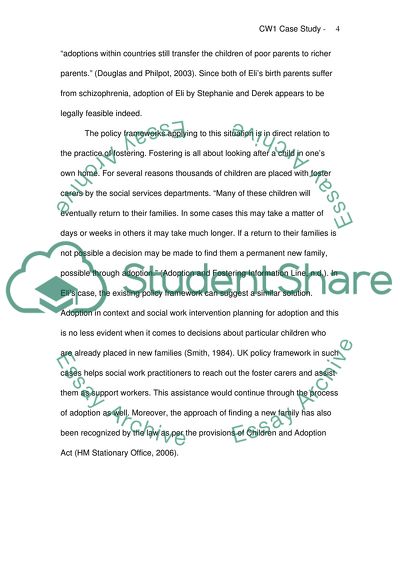Cite this document
(“Social Work Children and Families: Placement for Adoption Essay”, n.d.)
Retrieved from https://studentshare.org/sociology/1419210-social-work-children-and-families-placement-for-adoption
Retrieved from https://studentshare.org/sociology/1419210-social-work-children-and-families-placement-for-adoption
(Social Work Children and Families: Placement for Adoption Essay)
https://studentshare.org/sociology/1419210-social-work-children-and-families-placement-for-adoption.
https://studentshare.org/sociology/1419210-social-work-children-and-families-placement-for-adoption.
“Social Work Children and Families: Placement for Adoption Essay”, n.d. https://studentshare.org/sociology/1419210-social-work-children-and-families-placement-for-adoption.


